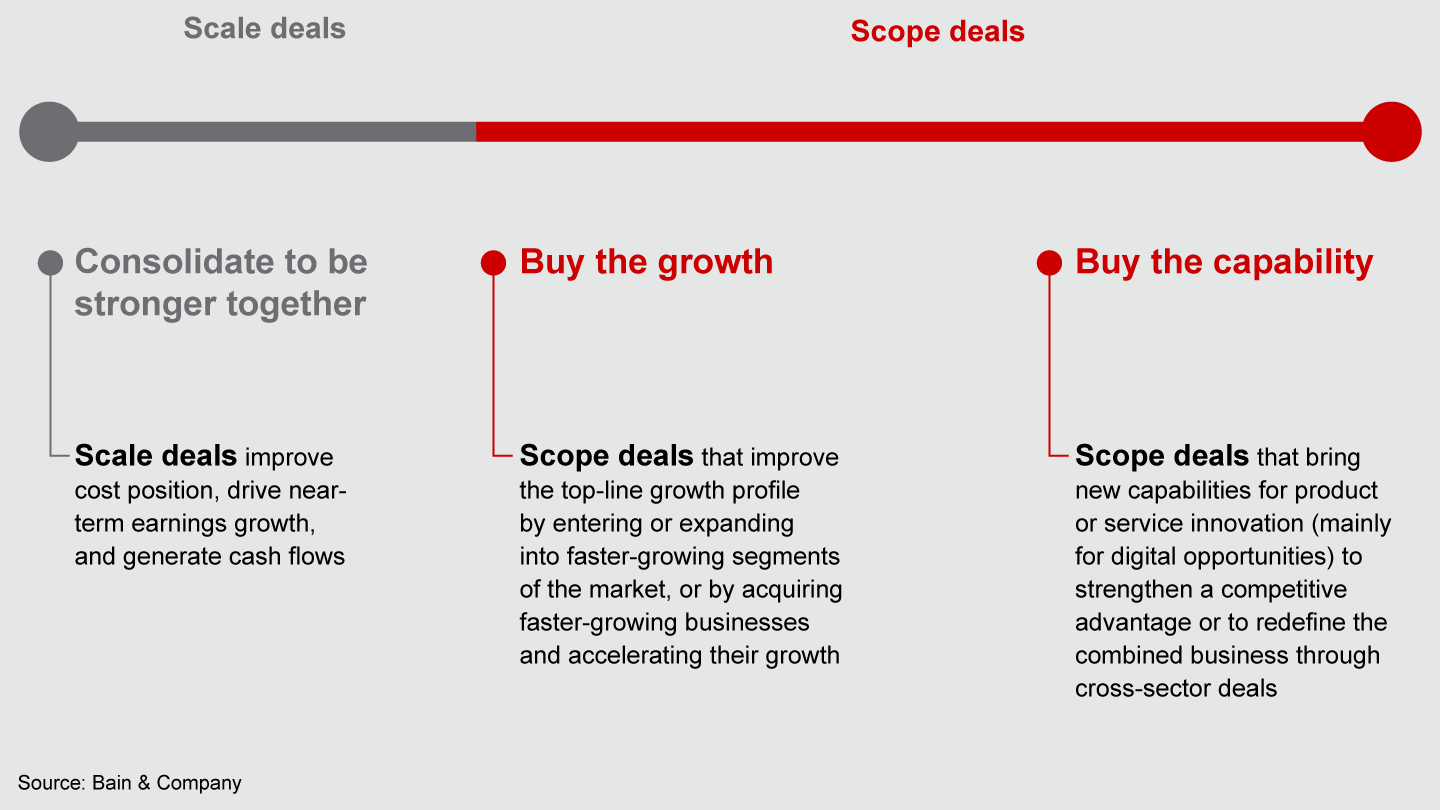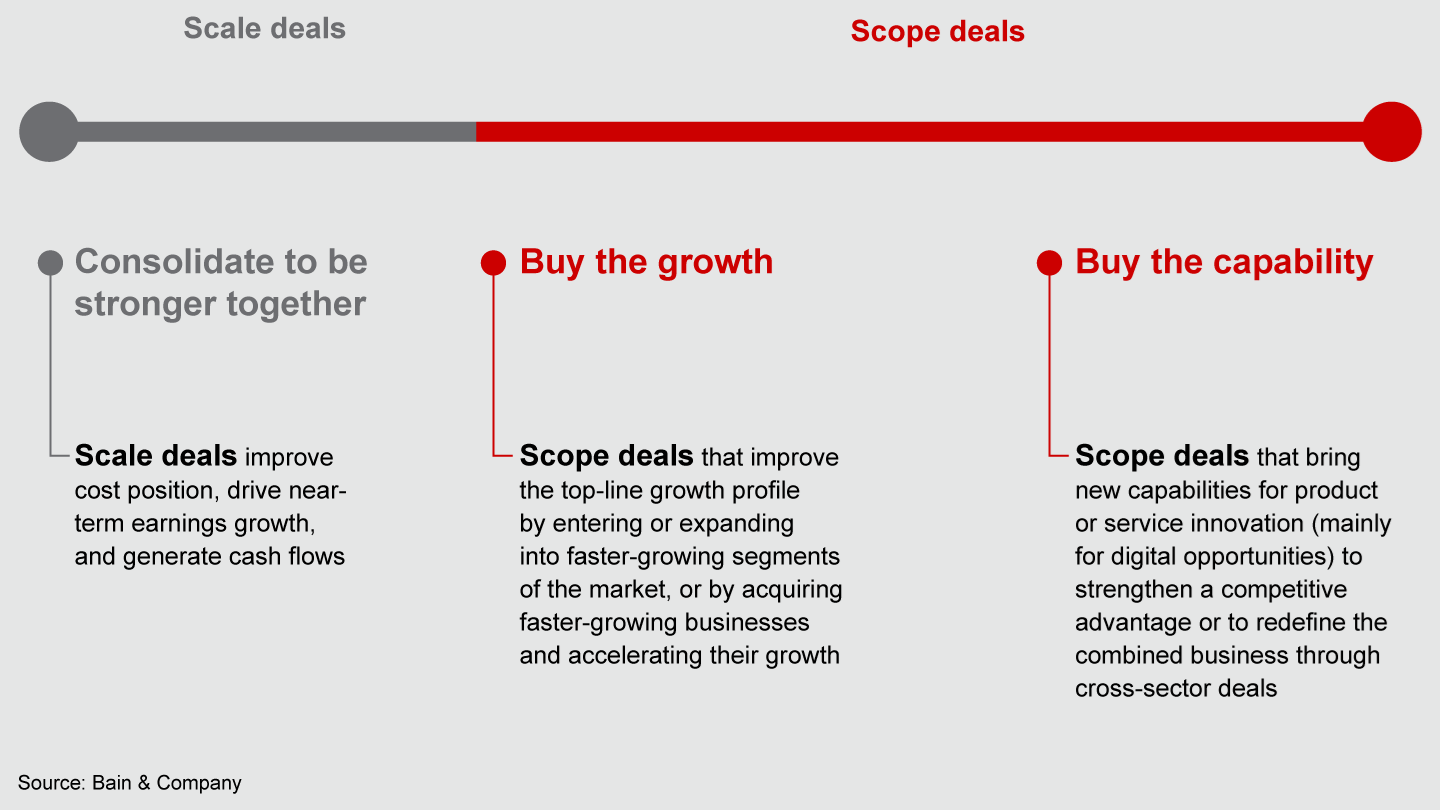M&A Report

Dear friends,
Welcome to the third annual edition of our Global M&A Report. Our mission remains constant: Use our unique position in the M&A world to connect what we see in our clients’ executive suites with the larger trends happening across the globe. The result, we hope, is to make all of us a little better at the craft of M&A.
We were humbled in our efforts to assess all that happened in 2020, and we believe that it will be several years before we fully understand the long-term ramifications of a year during which every aspect of the corporate M&A process was disrupted. In this year’s report, we untangle the jumbled trends, distinguishing between the outcomes that were temporary by-products of the historic moment and those that signify longer-term changes.
As in previous crises, companies that were nimble and prepared to quickly adjust seized the opportunities in 2020. A lot of M&A got done last year, more than 28,500 deals, but it was not easy. For example, as almost 70% of our M&A practitioner survey respondents pointed out, doing diligence remotely was particularly difficult.
How did you, our readers, do it? We saw many of you embrace digital collaboration tools and creatively employ locally stationed talent to get high-quality deals done. Many teams similarly adapted in-flight integration programs and successfully transitioned to the virtual working environment. While technology will never fully replace the in-person elements of dealmaking, many of the new virtual ways of working for M&A processes are here to stay.
M&A appears to have peaked in 2018. Will M&A activity accelerate out of this trough as the world recovers?
The year 2020 saw the continuation and, in many cases, the hastening of longer-terms trends. Overall M&A was down in 2020. Certainly, the pandemic played a big role in this, but the truth is that M&A appears to have peaked in 2018. One question now is: Will M&A activity accelerate out of this trough as the world recovers?
Capability-driven deals have grown over the past five years to 15% of all large deals, a near-sevenfold increase. We think this is in response to the ongoing business model disruptions across several sectors. The crisis in 2020 made it even more expedient for companies to bring in-house critical capabilities in areas such as online delivery, telemedicine, and teleconferencing (to name a few), thereby strengthening their value proposition. And we note that corporate venture capital activity, another route for companies to acquire capabilities at an early stage, hit a new all-time high in 2020.
Other ongoing trends that accelerated include increased regulatory involvement and scrutiny of deals. The superabundance of capital continued to drive high valuations and a favorable deal financing environment.
Corporate divestitures declined more than the overall market, and this was a bit of a surprise to us. In our executive conversations, we kept hearing that optimizing company portfolios was the key to unlocking growth strategies. In retrospect, it was just too hard to carve out assets in 2020. The high valuation levels, however, may make it an opportune time for business leaders to take hard looks at their portfolios and undertake long-pending divestitures in 2021.
We should note that a decline in inter-regional M&A was particularly true between the West and Asia-Pacific. This long-term shift has roots in regulatory issues such as national security concerns as well as a rethinking of the commercial implications of localized supply chains.
Digging deeper, any comprehensive assessment of M&A in 2020 really needs to be performed on an industry-by-industry basis. More so than in the past, the external environment in each particular industry set the boundaries for how much M&A companies could do. Technology, media, and telecommunications all saw strong market capitalization increases, while energy and financial services saw the biggest declines. Because of these large differences in industry performance, much of our report is organized to capture industry-specific themes and implications for M&A teams.
Executives are entering 2021 with an expectation that M&A activity will experience an uptick and become more important for meeting growth goals.
Looking forward, the executives we talk to are optimistic. They are entering 2021 with an expectation that M&A activity will experience an uptick and become more important for meeting growth goals and for developing new capabilities to compete in an increasingly disruptive environment.
That said, the outlook varies greatly by industry, and we expect to see a wide range of M&A theses playing out, from the focus on consolidation and divestitures in the most impacted sectors to a continuing capabilities gold rush in the sectors within which competition is mostly driven by innovation. In that regard, 2021 promises to be a very interesting year.
We look forward to working with many of you on these profound questions, and we are eager to hear your feedback on all aspects of our report.
Thank you for reading, and enjoy.
Sincerely,
The Bain Global M&A Team

